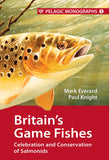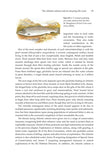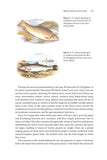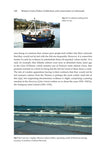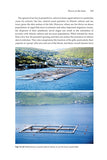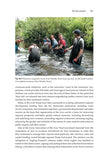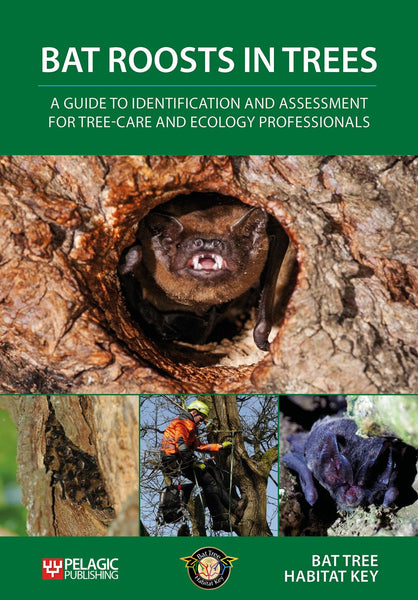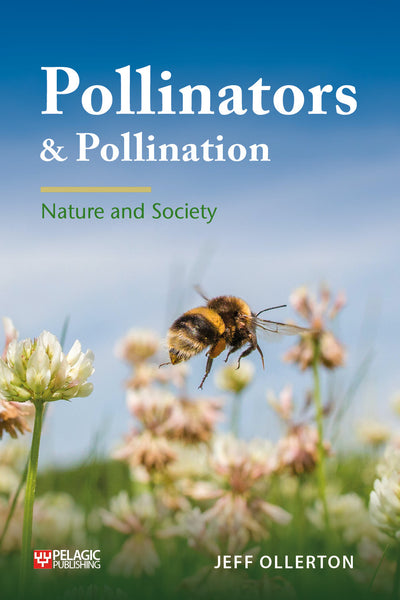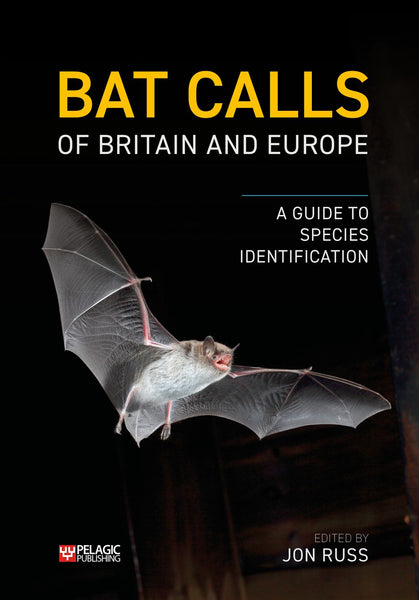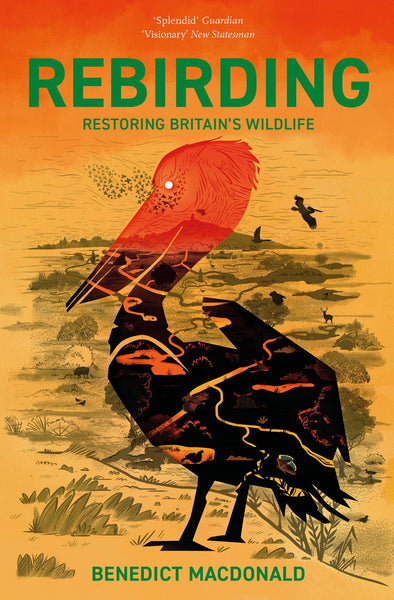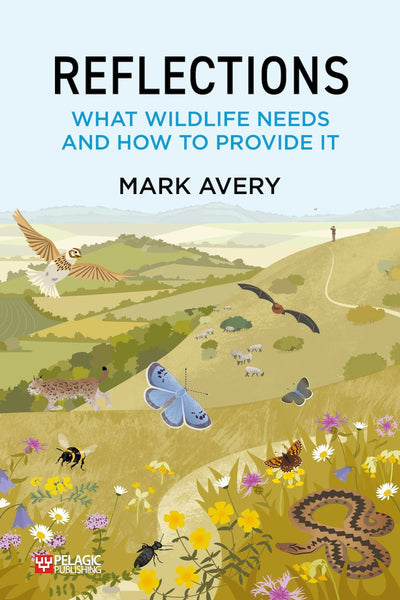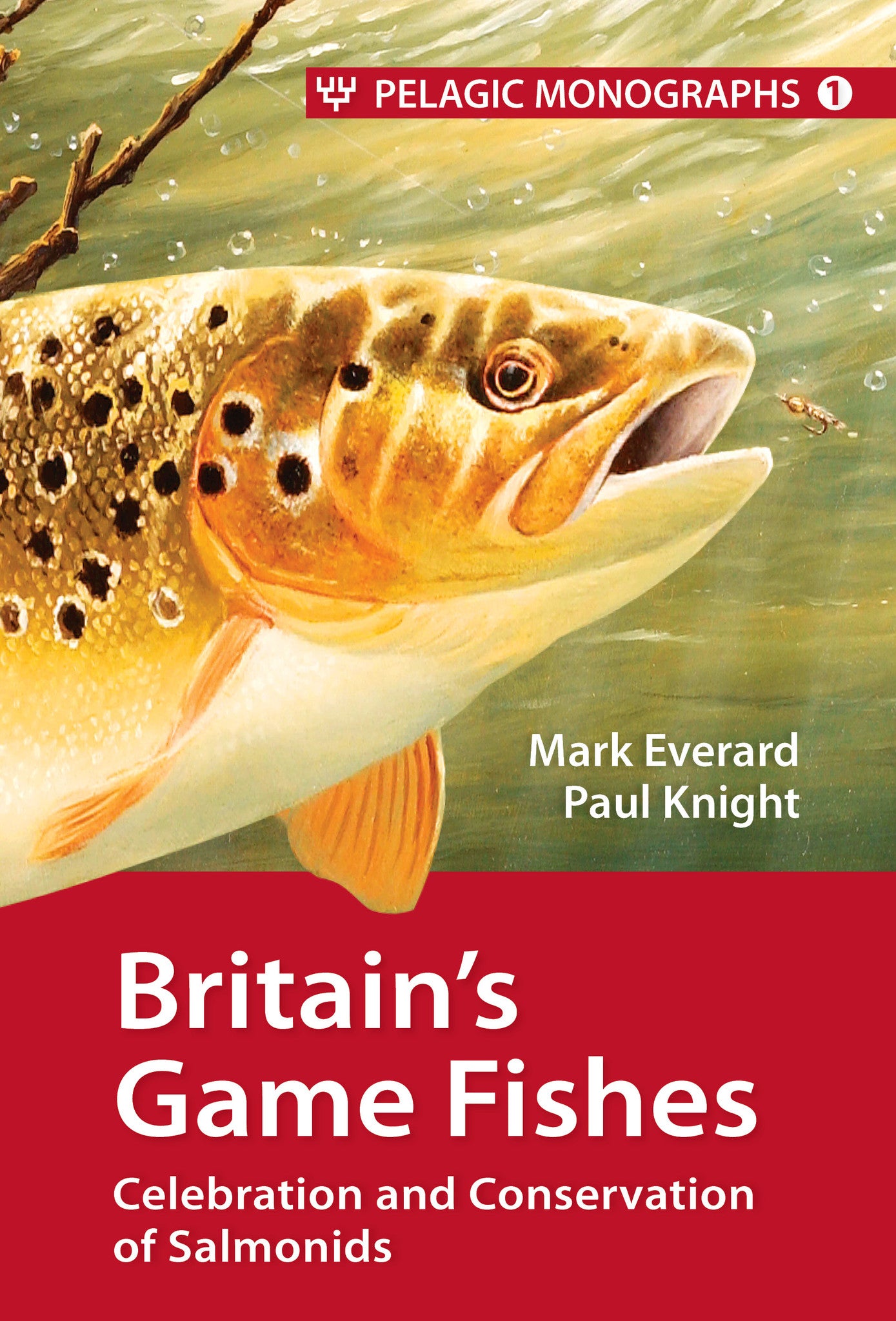
Britain’s Game Fishes
Celebration and Conservation of Salmonids
- ...an accomplished piece of work and an enjoyable read from cover to cover.
—Jon Grey, Freshwater Biological Association News
- aquatic ecology
- fish
- fisheries
- freshwater biology
- ichthyology
- salmon
- salmonid
Description
Game fishes, particularly those of the salmon family, are critical indicators of the health of those ecosystems upon which we now know we are dependent. As the authors of this important environmental book argue, “Our game fishes [then] serve as more than merely an indicator of healthy waters. Instead, they can be regarded as iconic of the ecosystems in which they occur.” Moreover, “the quality requirements of different types of fish population have formed the backbone of a great deal of water management in the UK, Europe and the USA over several decades.”
With sections on how and why Britain’s game fishes are under pressure from changes in land use, agriculture, housing needs, etc. – and their concomitant pollution effects – this book assesses how our knowledge of these game fishes reflect the changing values we place on our surrounding wildlife.
Readership
Anglers, ecologists, freshwater biologists, fisheries managers, land managersTable of Contents
Authors' biographies
Preface
Part 1 The native game fishes of the British Isles
1 A natural history of Britain’s game fishes
2 The Atlantic salmon and its amazing life-cycle
3 Brown trout or sea trout
4 The Arctic charr
5 The grayling
6 The whitefishes
7 Rainbow trout: the familiar alien
8 Realising the value of the British game fishes
Part 2 British game fishes under pressure
9 The making and breaking of the modern world
10 A brief unnatural history of the British game fishes
11 Net results
12 Muddying the waters
13 Down on the farm
14 Salmonids under pressure
Part 3 Game fishes for the future
15 Sea change
16 Changing rules
17 Changing values
18 We the people
19 Game fishes for tomorrow
Bibliography
Index
Reviews
- While the book is clearly not aimed at the salmonid researcher, as a case study of environmental pressures on iconic species and what we can do about them, it is certainly an accomplished piece of work and an enjoyable read from cover to cover. —Jon Grey, Freshwater Biological Association News
About the Author
Dr Mark Everard has a lifelong obsession with fish, water and the aquatic environment. Author of numerous books, magazine and scientific publications, many of them addressing fish and fishing, Mark is also a regular contributor to TV and radio. He is an adviser to government in the UK, India and South Africa on the sustainable use and management of water and other ecosystems, having also advised and conducted research right across the world. Mark is science adviser to the Salmon & Trout Association (S&TA) as well as vice-president of the Institution of Environmental Sciences (IES), fellow of the Linnean Society, founding director of the Bristol Avon Rivers Trust (BART), and a life member and former council member of both the Freshwater Biological Association (FBA) and the Angling Trust. Mark finds time to fish whenever and wherever the opportunity presents itself, but most particularly in rivers accessible from his home in North Wiltshire where he lives with his partner Jackie, daughter Daisy and many tanks of fish.
Paul Knight has been involved with fish for most of his working life, including catching them as a commercial fisherman and angler, growing them as a trout farmer and now trying to conserve them as Chief Executive of the fisheries environmental charity, the Salmon & Trout Association (S&TA). He is a Council member and Fellow of the Institute of Fisheries Management (IFM), and spends his time attempting to influence government departments and agencies to follow policies that will protect the aquatic environment and all its dependent species. He writes for various fisheries-related and environmental magazines, and has successfully published a book of angling tales, Amazing Fishing Stories. He lives with his wife, Angela, and son, Archie, in Wiltshire.
Bibliographic Information
 240 pages
240 pages - 148 colour illustrations
- BISAC NAT012000, NAT029000, NAT038000, SCI088000, SCI070010, SCI020000
- BIC WSXF, PSVW1, PSPF, PSAF, PSVS, WNCS2






